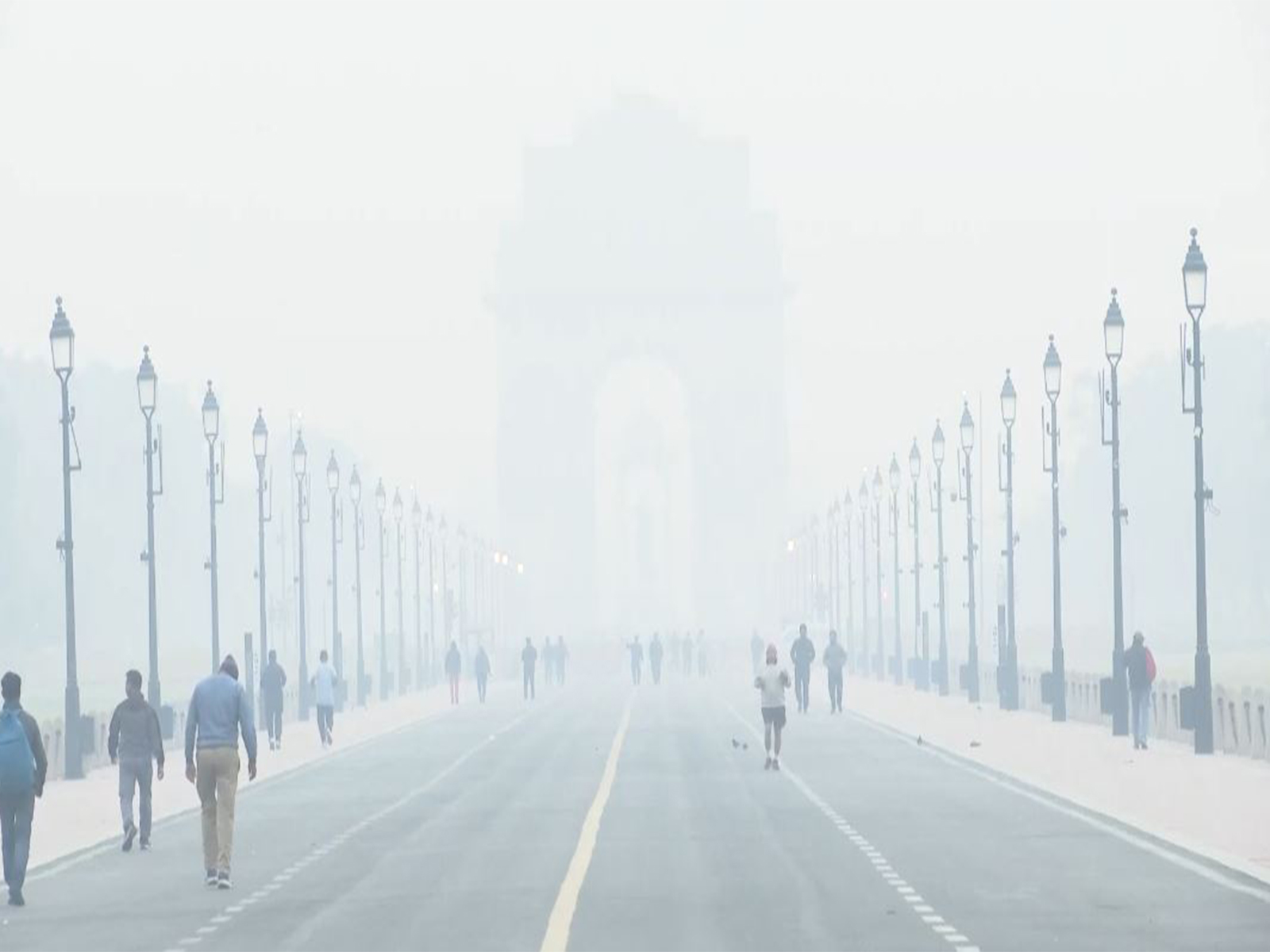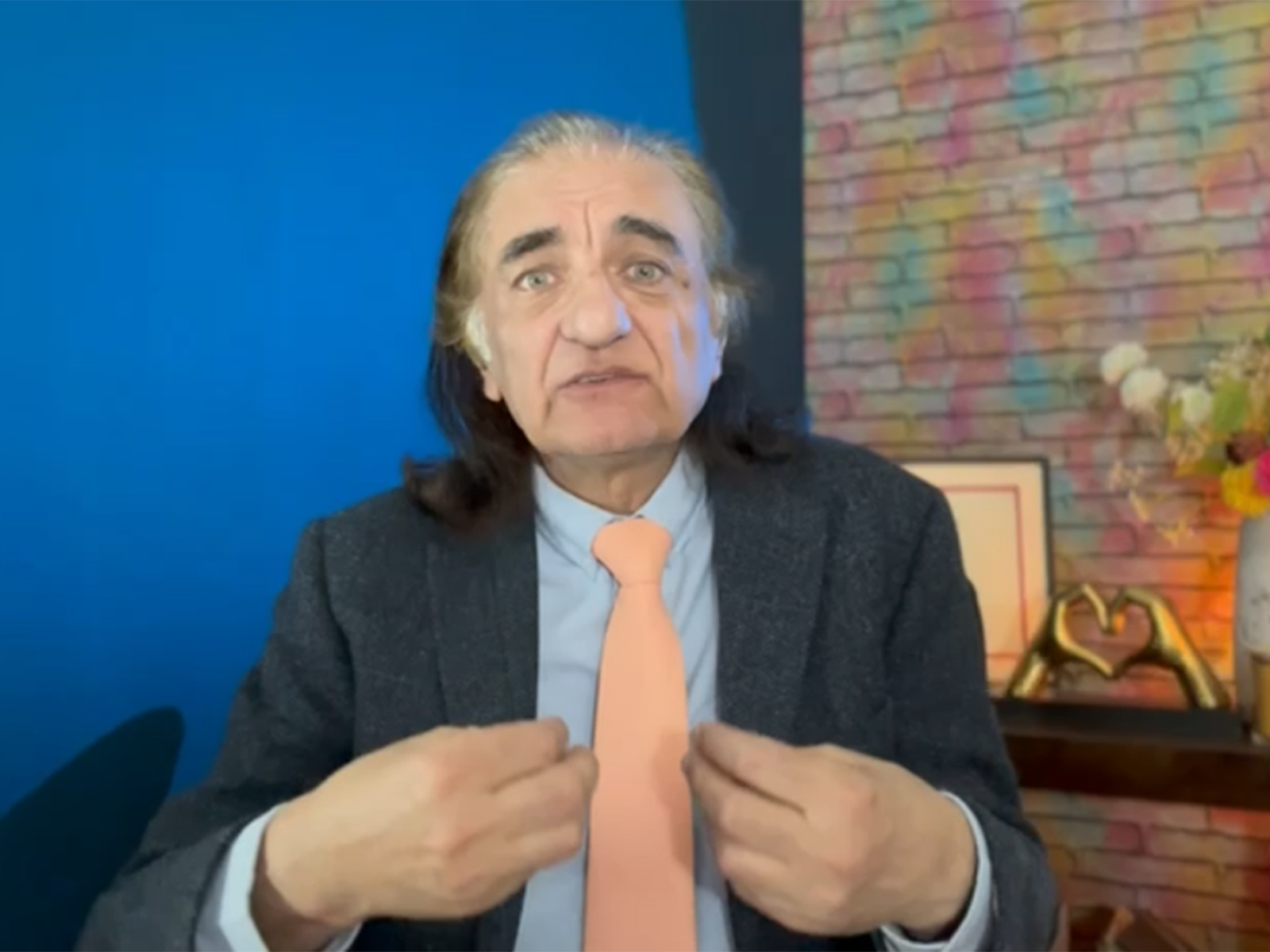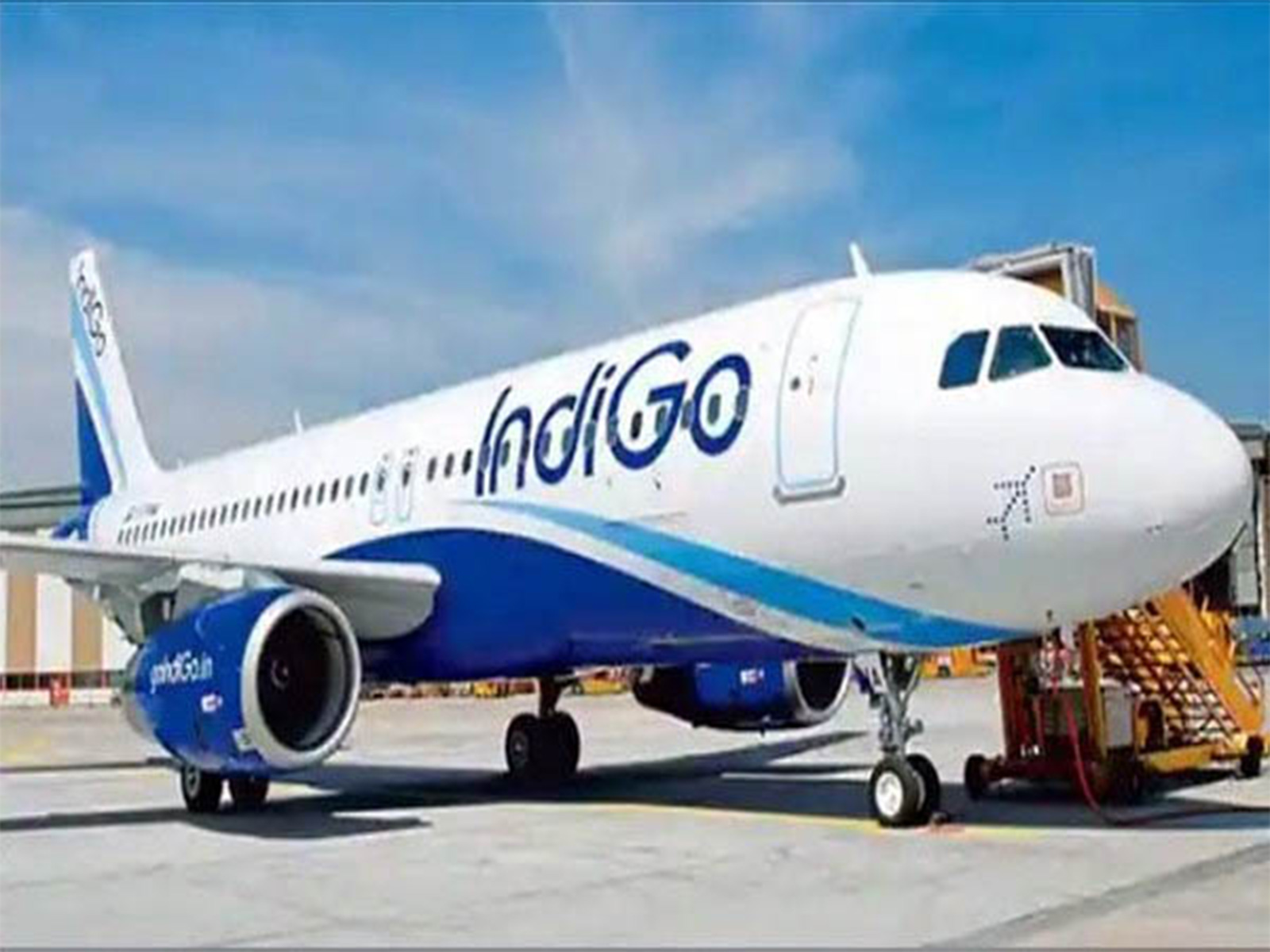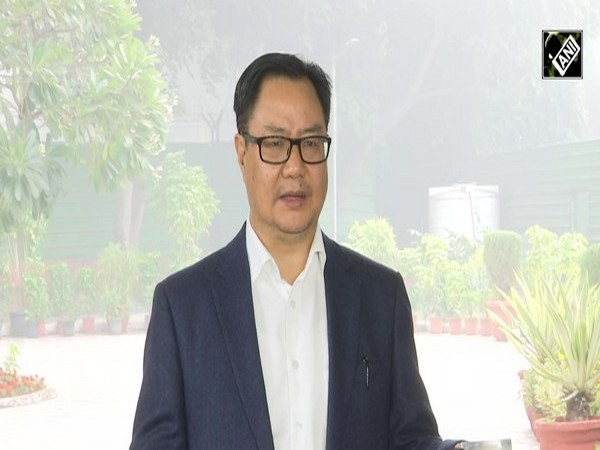Bhutanese Lt General Batoo Tshering receives Guard of Honour at South Block
Nov 01, 2022

New Delhi [India], November 1 : Chief Operations Officer of the Royal Bhutan Army, Lt General Batoo Tshering on Tuesday received Guard of Honour at the South Block.
On the invitation of General Manoj Pande, the Chief of Army Staff of the Indian Army, Lieutenant General Batoo Tshering, the Chief Operations Officer of the Royal Bhutan Army is in India for a visit, reported Bhutanese daily BBS.
During his six-day visit, Lt General Batoo Tshering will meet the Chief of Defence Staff, Chief of Army Staff, Chief of Air Staff, Vice Chief of Army Staff and Director General of Military Operations.
He will also call on the Defence Secretary of India. Lt General Batoo Tshering will also review the Passing out Parade at the Officers Training Academy in Chenna, reported BBS.
The visit is expected to further enhance and strengthen the already existing friendship and cooperation between the Royal Bhutan Army and the Indian Armed Forces.
The basic framework of India-Bhutan bilateral relations was the Treaty of Friendship and Cooperation signed in 1949 between the two countries.
It called for peace between the two nations and non-interference in each other's internal affairs.
The Treaty was revised in 2007.
However, Bhutan agreed to let India guide its foreign policy and both nations would consult each other closely on foreign and defence affairs.
The diplomatic relations were established in 1968 with the establishment of a special office of India in Thimphu.
There are a number of institutional and diplomatic mechanisms between India and Bhutan in areas such as security, border management, trade, transit, economic, hydro-power, development cooperation, water resources etc.
Bhutan is important to India as a buffer state as it acts as a defence against China by protecting the chicken neck corridor.
The Siliguri Corridor, or Chicken's Neck, is a narrow stretch of land of about 22 kilometres.
It is located in the Indian state of West Bengal, which connects India's north-eastern states to the rest of India, with the countries of Nepal and Bangladesh lying on either side of the corridor.
The Doklam stand-off re-established the strategic significance of Bhutan for India.




















